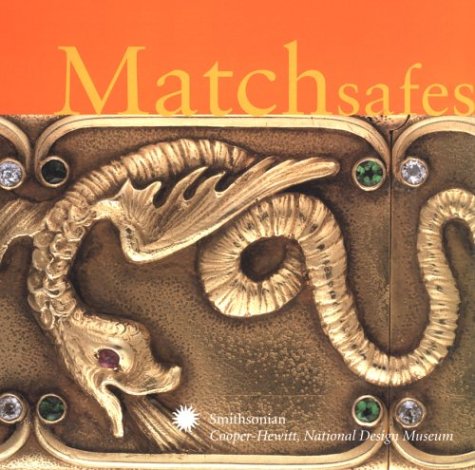Pocket match holders, also called 'vesta cases' or 'matchsafes', were holding a number of friction matches and were introduced in the 1840s. They were made from precious (metals like silver, gold) to common (brass, copper, German silver, wood, celluloid etc.) materials. The most popular material was solid silver, and silver-plated brass. The phosphorus head of the match could be easily ignited when rubbed against roughened serrations.
Vesta cases are a wonderful area for collectors - the variety of decorations, styles and quality is stunning. The most sought after are figural novelty vestas and those finely painted by hand. The heyday of pocket-sized matchboxes was between 1870 and 1920 - hundred of thousands were made by silversmiths and workshops around the world.
After 1907 matches as well match holders were slowly displaced by lighters. The invention of ferrocerium (lighter flint) began a new era of lighters that were very cheap in production. A new designation for vesta cases was found - small family owned metal workshops began to convert vesta cases into petrol lighters. Such case was ideal for such operation as vesta cases were designed to keep friction matches safe and dry (tight fit). Such converted lighters are quite difficult to find nowadays but nice to have in once tobacciana collection.
One of the best books on matchboxes is the 'Matchsafes' edited by Deborah S. Shinn. It has a great selection of vesta cases, wonderful photos and a lot of interesting info.

